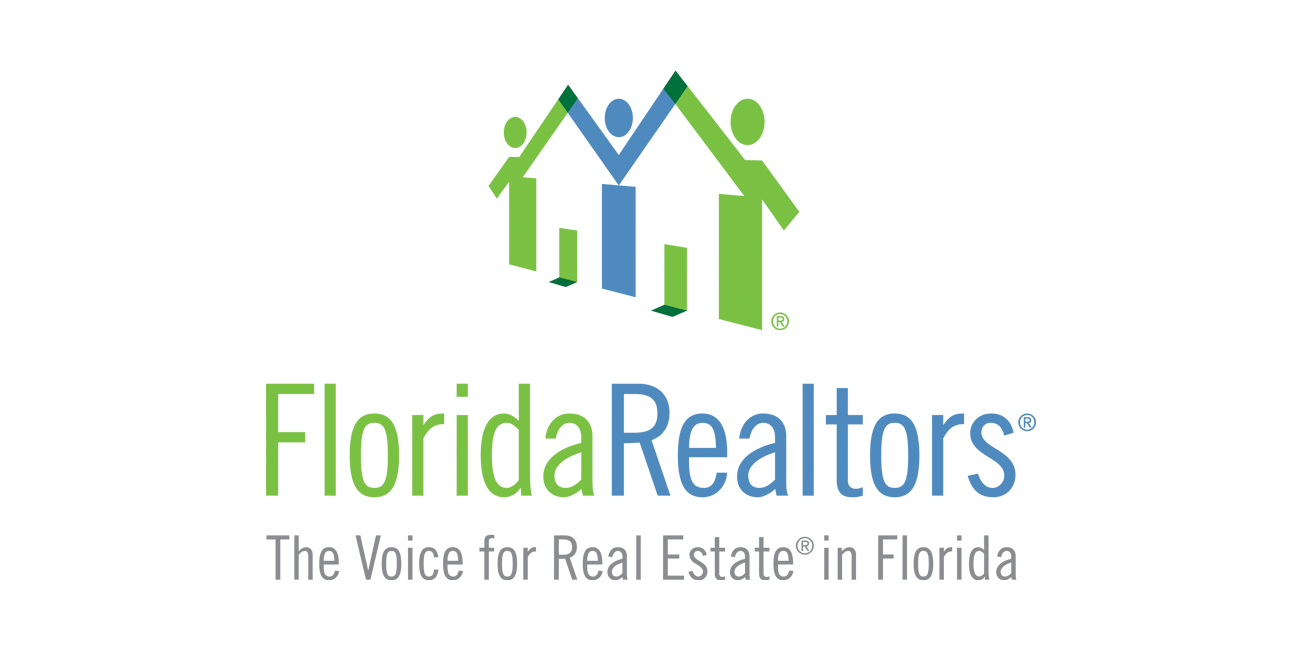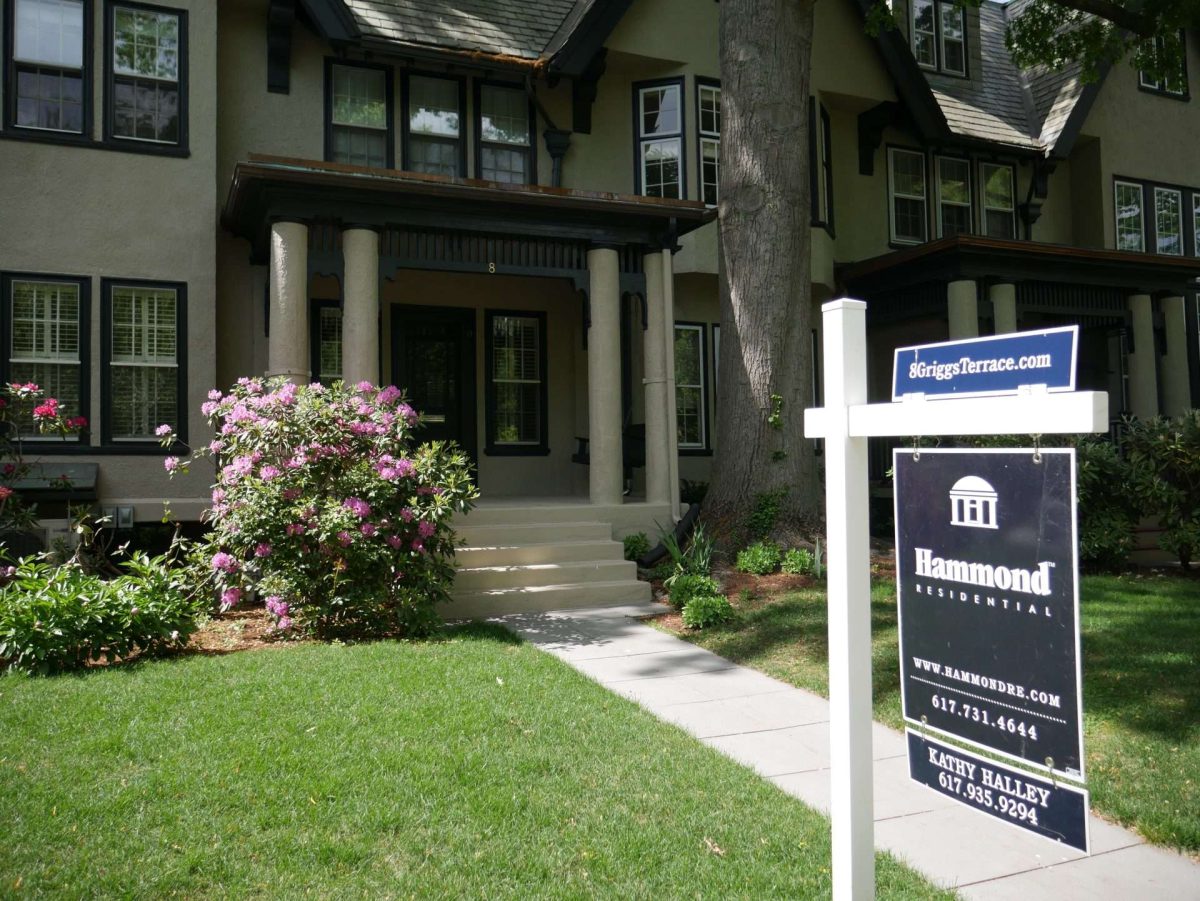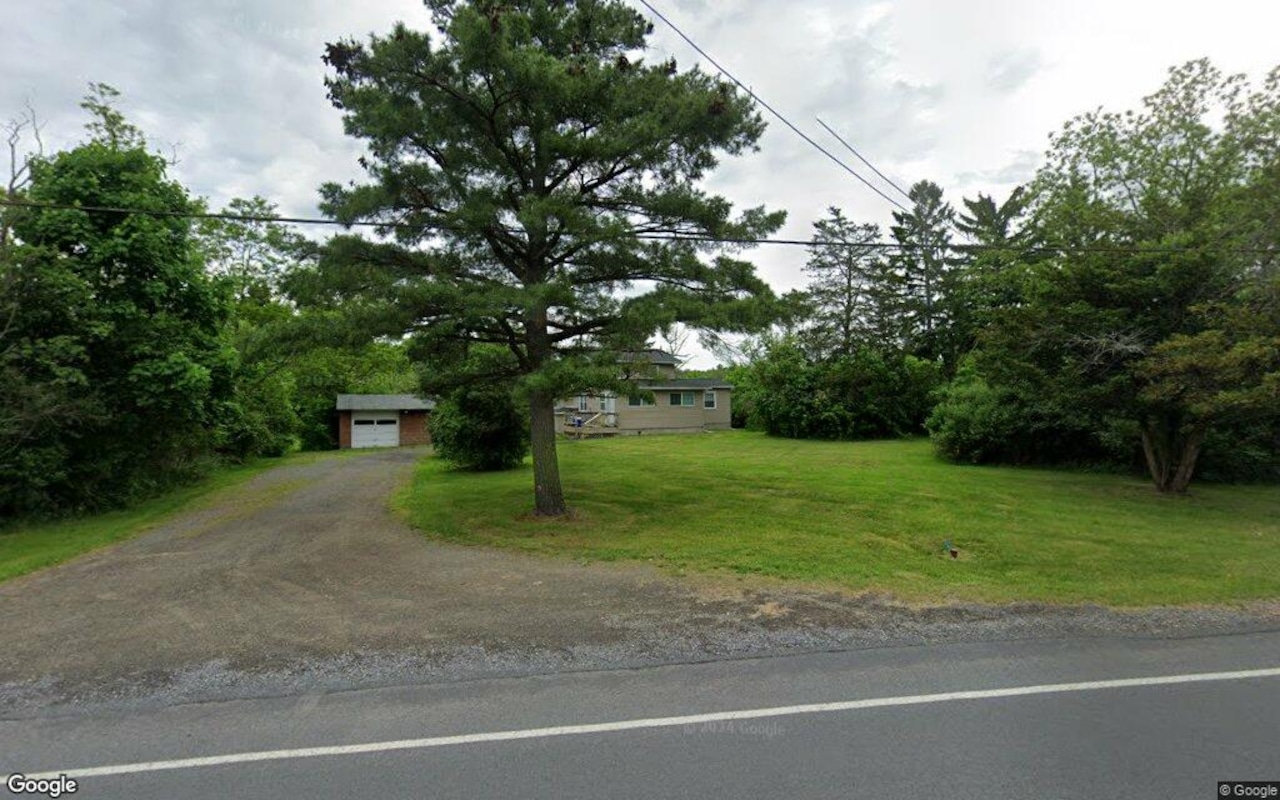M
ore than 70 million Americans are 65 or older, and baby boomers—now 60‑78—are the dominant force in both buying and selling homes, reshaping the market with their accumulated equity and purchasing power. The long‑anticipated “Silver Tsunami” is no longer a forecast; it is happening now.
According to the National Association of Realtors® 2025 Home Buyers and Sellers Generational Trends Report, boomers account for the largest share of transactions. Jessica Lautz, NAR’s deputy chief economist, observes that this cohort “holds the cards” in real‑estate activity, using the proceeds from long‑held properties to fund new purchases or retirement plans. Half of boomers aged 60‑69 and 62 % of those 70‑78 bought their next homes with sale proceeds, after 13‑16 years of ownership and a 50 % or greater appreciation.
Three key patterns are emerging from this demographic shift, and agents who understand them can better serve clients.
### 1. Downsizing, or “Rightsizing”
Boomers are motivated to move for retirement, proximity to family, or the appeal of a smaller, low‑maintenance home. Yet many postpone the transition until health or mobility issues force a change, turning a planned move into a stressful scramble. Dane Ramsden, CEO of In Network Real Estate, prefers the term “rightsizing” and notes that the emotional stakes are high—homes carry memories and identity.
**Agent tips:**
- **Start early:** Encourage clients to sort belongings well before listing. Keep meaningful items, then decide what to sell, donate, or discard. Estate‑sale platforms such as CT Bids can streamline the process, and removal services like 1‑800‑GOT‑JUNK? offer discounts to NAR members.
- **Create familiarity in the new home:** Recreate familiar setups—furniture placement, lamp positions, favorite books—so the transition feels less abrupt.
- **Use professional relocation specialists:** These experts coordinate logistics, often completing the move in a third of the time and preserving family relationships.
### 2. Aging in Place
Only about 10 % of U.S. homes are fully prepared for senior living, yet many boomers intend to stay put. Lautz notes that some avoid selling to sidestep capital‑gain taxes or simply because they love their homes. Without thoughtful updates, stairs, poor lighting, and slippery bathrooms can become hazards.
Mary Harmon Young, a broker‑owner in Tuscaloosa, Alabama, helps clients find or retrofit homes with aging‑in‑place features. She holds the Seniors Real Estate Specialist (SRES®) designation, which equips her to address the financial, emotional, and logistical needs of older buyers and sellers.
**Key features to consider:**
- Universal design elements: lever‑style door handles, step‑free entries, wide doorways for walkers or wheelchairs, and first‑floor bedrooms.
- Smart‑home technology: motion‑activated lighting, door‑bell alerts, and other safety devices.
- Bathroom accessibility: low‑curb or curbless showers, additional lighting, and grab bars.
The 2025 U.S. Houzz Bathroom Trends Study highlighted a growing emphasis on accessibility, driven by demographic shifts and broader market trends. Agents can expand their networks to include Certified Aging‑in‑Place Specialists (CAPS) from the National Association of Home Builders, who assess and retrofit homes with universal design features.
### 3. Multigenerational Living
Multigenerational households are on the rise. In 2024, 17 % of buyers purchased homes designed for multiple generations—a record high, per NAR’s decade‑long data. Families combine households for affordability, caregiving, and connection.
Mary Harmon Young points out that single‑story homes with clear privacy zones, secondary kitchenettes, and private entrances make shared living more functional. Builders are responding with layouts that include dual primary suites, en‑suite baths, and accessory dwelling units (ADUs) where zoning permits.
Ryan Hvizda, owner of Hvizda Realty Group, notes that buyers often sell two homes and purchase one property with an ADU to keep family members close while maintaining independence. Todd Luong, a real‑estate professional in Frisco, Texas, encourages agents to highlight features such as mother‑in‑law suites, oversized bedrooms with en‑suite baths, and first‑floor accommodations for older relatives. He also stresses the importance of title arrangements; missteps can complicate future sales.
### How Agents Can Position Themselves
- **Educate yourself on generational trends:** Understand the financial, emotional, and practical considerations that drive boomers’ decisions.
- **Build a network of specialists:** Connect with estate‑sale platforms, removal services, relocation experts, CAPS, and ADU builders.
- **Highlight relevant home features:** Emphasize accessibility, low‑maintenance options, and multigenerational layouts in listings.
- **Offer early, intentional support:** Guide clients through decluttering, safety upgrades, and the emotional aspects of moving.
As the “Silver Tsunami” continues to swell, real‑estate professionals who grasp the nuances of rightsizing, aging in place, and multigenerational living will be better equipped to serve a growing segment that is reshaping the housing market.















